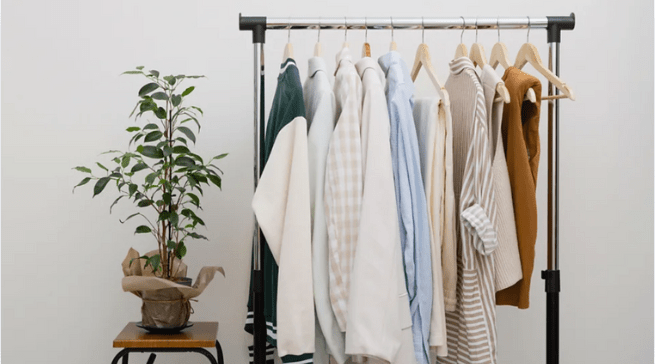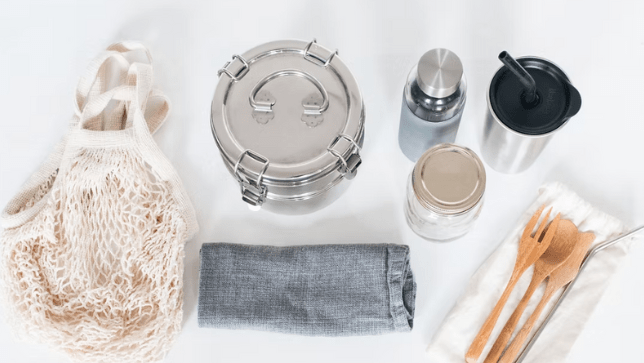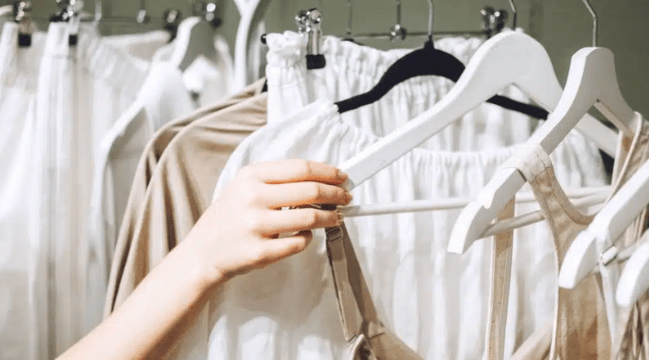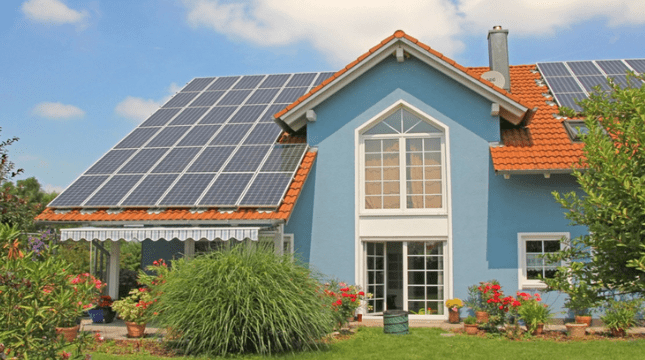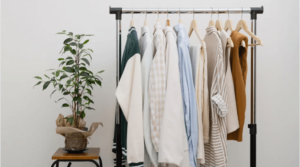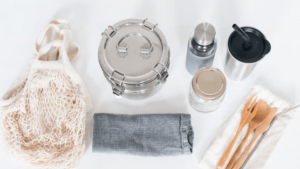In men’s fashion, sustainability has evolved from a niche trend to a powerful movement reshaping how men dress, shop, and view their clothes. Fast fashion’s environmental damage and wastefulness are giving way to a growing demand for ethical, durable, and eco-conscious style. Sustainable fashion for men isn’t just about looking sharp—it’s about making choices that protect the planet, support fair labor, and express your values through what you wear.
This guide explores why men should embrace sustainable fashion, what to look for when building a stylish yet ethical wardrobe, key eco-friendly materials, top brands leading the movement, and tips for smarter shopping. Ready to elevate your style and conscience? Let’s dive in.
Why Sustainable Fashion for Men Matters
The Environmental Cost of Fast Fashion
Though men’s fashion might be less flamboyant, its environmental footprint is massive. The textile industry contributes heavily to greenhouse gas emissions, water consumption, and pollution. Fast fashion accelerates waste and poor labor conditions.
Men’s Wear and Ethics
Beneath cheap clothing lies exploitation: underpaid wages and unsafe factories. Sustainable fashion supports fair labor and transparent supply chains.
Conscious Consumers Driving Change
Modern men increasingly value environmental and social justice. Sustainable fashion combines quality and responsibility without sacrificing style.
Building a Sustainable Wardrobe: Principles for Men
-
Quality Over Quantity: Invest in durable, timeless pieces with strong stitching and classic designs.
-
Natural and Recycled Materials: Favor organic cotton, hemp, linen, and recycled polyester to reduce environmental harm and microplastic pollution.
-
Less is More: Choose multifunctional, neutral-tone garments that mix and match effortlessly.
-
Support Ethical Brands: Look for transparent supply chains and certifications like Fair Trade, GOTS, and B Corp.
Sustainable Materials in Men’s Fashion
-
Organic Cotton: Grown without toxic chemicals, better for environment, farmers, and sensitive skin.
-
Hemp: Fast-growing, low water usage, improves soil health, and yields durable breathable fabrics.
-
Linen: Biodegradable, breathable, and softens with wear—ideal for warmer weather.
-
Recycled Polyester: Made from plastic bottles, helps reduce plastic waste and fossil fuel dependence.
-
Tencel & Modal: Derived from sustainably harvested wood pulp using environmentally friendly processing.
Leading Sustainable Men’s Fashion Brands
-
Patagonia: Pioneer in sustainable outdoor and casual wear with transparent sourcing and fair labor.
-
Outerknown: Founded by surfer Kelly Slater; emphasizes organic fabrics and ethical production.
-
Nudie Jeans: Organic denim with free repairs and recycling programs.
-
Everlane: Known for radical transparency on costs and environmental impact.
-
Tentree: Plants ten trees per purchase, with eco-conscious apparel.
-
Allbirds: Sustainable footwear using natural materials like merino wool and eucalyptus.
How to Shop Sustainable Men’s Fashion
-
Audit Your Wardrobe: Donate or recycle unused clothes before buying new.
-
Buy Secondhand or Vintage: Thrift stores, consignment shops, and online marketplaces like Depop offer great finds.
-
Choose Timeless Styles: Classic pieces like white shirts, sturdy jeans, and versatile blazers remain stylish season after season.
-
Look for Certifications: GOTS, Fair Trade, and Bluesign mark strong environmental and social standards.
-
Care for Your Clothes: Wash less, cold water only, and repair damage early to prolong garment life.
The Sustainable Menswear Revolution: Innovations and Trends
-
Circular Fashion: Brands design clothes for reuse, repair, and recycling to close the loop.
-
Tech-Enhanced Fabrics: Innovations like biodegradable performance fabrics and waterless dyeing reduce environmental impacts.
-
Rentals & Subscriptions: Renting clothes reduces ownership needs and waste.
-
Local and Artisan Production: Supporting local artisans preserves craft culture and reduces carbon footprints.
Debunking Myths About Ethical Men’s Fashion
-
Not Just for Women: Sustainable fashion is growing rapidly in men’s styles and brands.
-
Not Always Expensive: Though upfront costs can be higher, durability leads to long-term savings.
-
Wide Variety Available: Sustainable options now cater to all styles and tastes.
-
Accessible: Online and physical stores are making sustainable menswear easier to find.
Conclusion
Eco-friendly menswear is no longer a luxury or trend—it’s a vital step toward a healthier planet and fairer industry. Emphasizing quality, transparency, and longevity, sustainable fashion offers stylish, responsible choices without compromise. Whether you’re minimalist or fashion-forward, building an eco-conscious wardrobe means your clothes reflect values as well as style.
Start your sustainable style journey today and pave the way for a greener, fairer future—one outfit at a time.
Men’s Sustainable Fashion FAQs
Q1: How to find sustainable men’s clothing?
A1: Look for certifications like GOTS, Fair Trade, B Corp, investigate brand transparency, and choose natural or recycled fabrics.
Q2: Is ethical fashion more expensive for men?
A2: Initial costs may be higher, but durability means fewer replacements, resulting in long-term savings.
Q3: Are sustainable tuxedos available?
A3: Yes—many brands offer eco-friendly suits, shirts, and shoes made with ethical sourcing and production.
Q4: How to care for sustainable fabrics?
A4: Follow care labels, wash or hand wash in cold water, avoid bleach, wash less often, repair damage promptly.
Q5: Is secondhand clothing sustainable?
A5: Yes—buying secondhand reduces demand for new production and extends garment lifespan.
Q6: Where to buy sustainable men’s fashion online?
A6: Brands like Patagonia, Everlane, Nudie Jeans, and numerous smaller eco-friendly companies offer extensive online selections.

